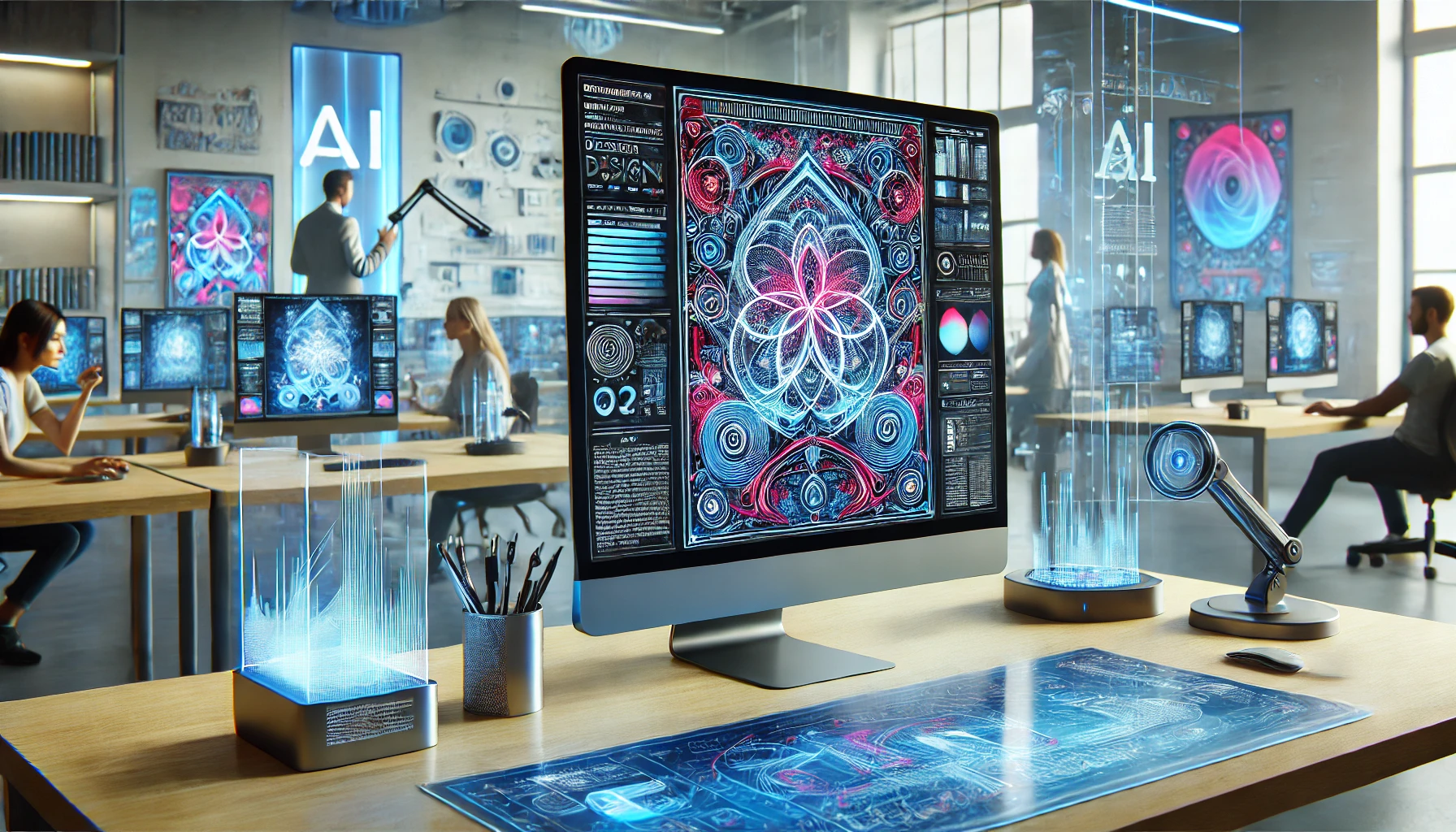Enhanced Marketing and Advertising with GlyphDraw2's Advanced AI Poster Generation
Researchers from OPPO AI Center and The Chinese University of Hong Kong, Shenzhen, have developed GlyphDraw2, an advanced system for generating high-resolution glyph posters using diffusion models and large language models, significantly improving text rendering accuracy and layout automation. This innovation offers robust solutions for industrial design, enhancing visual communication and brand visibility.

In a groundbreaking study, researchers from OPPO AI Center and The Chinese University of Hong Kong, Shenzhen, have developed GlyphDraw2, an advanced system for generating complex glyph posters using diffusion models and large language models (LLMs). The study, titled "GlyphDraw2: Automatic Generation of Complex Glyph Posters with Diffusion Models and Large Language Models," addresses the intricate challenge of balancing text rendering accuracy and automated layout generation in high-resolution posters with variable aspect ratios. This innovation is particularly relevant in industrial design, where posters play a crucial role in marketing and advertising by enhancing visual communication and brand visibility.
Innovative Text-to-Image Diffusion Models
The researchers highlight the advancements in controllable text-to-image diffusion models that have significantly improved text rendering accuracy. However, the field of end-to-end poster generation, which involves creating high-resolution images with accurate text placement within detailed contextual backgrounds, remains underexplored. GlyphDraw2 tackles this by employing a triple cross-attention mechanism rooted in alignment learning, designed to render precise poster text within intricate backgrounds. The study also introduces a high-resolution dataset exceeding 1024 pixels, enhancing the capability of generating detailed poster images. The framework proposed in GlyphDraw2 leverages the SDXL architecture and includes a fusion text encoder with glyph embedding, a triple cross-attention (TCA) mechanism, and an auxiliary alignment loss (AAL) to maintain the richness of the background. The fusion text encoder integrates features from both text and glyph images to ensure cohesive amalgamation in the generated images. The TCA mechanism includes two additional cross-attention layers in the SD decoder section to improve glyph rendering accuracy and semantic alignment. The AAL ensures that the added modules for learning glyphs do not negatively impact the overall layout and image quality.
Fine-Tuning with Large Language Models
To facilitate end-to-end poster generation, the researchers fine-tuned LLMs to automatically analyze user descriptions and generate corresponding glyphs and coordinate positions. This eliminates the need for manual intervention in predefined image layouts. The LLM-generated text-to-image conditions are further enhanced by integrating novel conditioning factors beyond text description, such as layout specifications. The study conducted extensive experiments to validate the performance of GlyphDraw2, using benchmarks like AnyText-Benchmark and Complex-Benchmark. The results demonstrate that GlyphDraw2 significantly outperforms existing models in terms of text rendering accuracy and layout automation. The evaluation metrics included Position Word Accuracy (PWAcc), Normalized Edit Distance (NED), and ClipScore, which measures the alignment between the generated image and the textual prompt.
High-Resolution Dataset Development
The researchers also constructed a new high-resolution dataset to train the model, comprising a general dataset for text rendering capabilities and a poster dataset specifically for poster generation. The dataset includes bilingual poster images with both Chinese and English glyphs, ensuring versatility and aesthetic quality in the generated posters. The training process involved two stages: initially training the model on the general dataset to impart text generation capabilities and then fine-tuning on the poster dataset with rich layouts. The model was trained using a progressive strategy on 64 A100 GPUs, demonstrating high scalability and efficiency. The experimental results showed that GlyphDraw2 achieved higher accuracy in text rendering and better layout automation compared to state-of-the-art models. Additionally, the model's ability to generate complex, contextually rich backgrounds was validated, proving its potential for practical applications in poster generation.
Advancements and Future Directions
The study's ablation experiments further highlighted the effectiveness of the TCA and AAL mechanisms in enhancing text rendering accuracy and image quality. The researchers also explored the impact of different components, such as the fusion text encoder and ControlNet’s condition input, on the model’s performance. In conclusion, GlyphDraw2 represents a significant advancement in the field of end-to-end poster generation, offering a robust framework for creating high-resolution, contextually rich poster images with precise text rendering. This innovation has the potential to greatly enhance user experiences in industrial design and marketing, providing a powerful tool for automated, high-quality poster creation. The study acknowledges some limitations, such as the need for improved prediction accuracy for complex scenarios and the balance between text rendering accuracy and background richness. Future research aims to address these challenges and further refine the capabilities of text-to-image generation models.
- FIRST PUBLISHED IN:
- Devdiscourse News Desk










